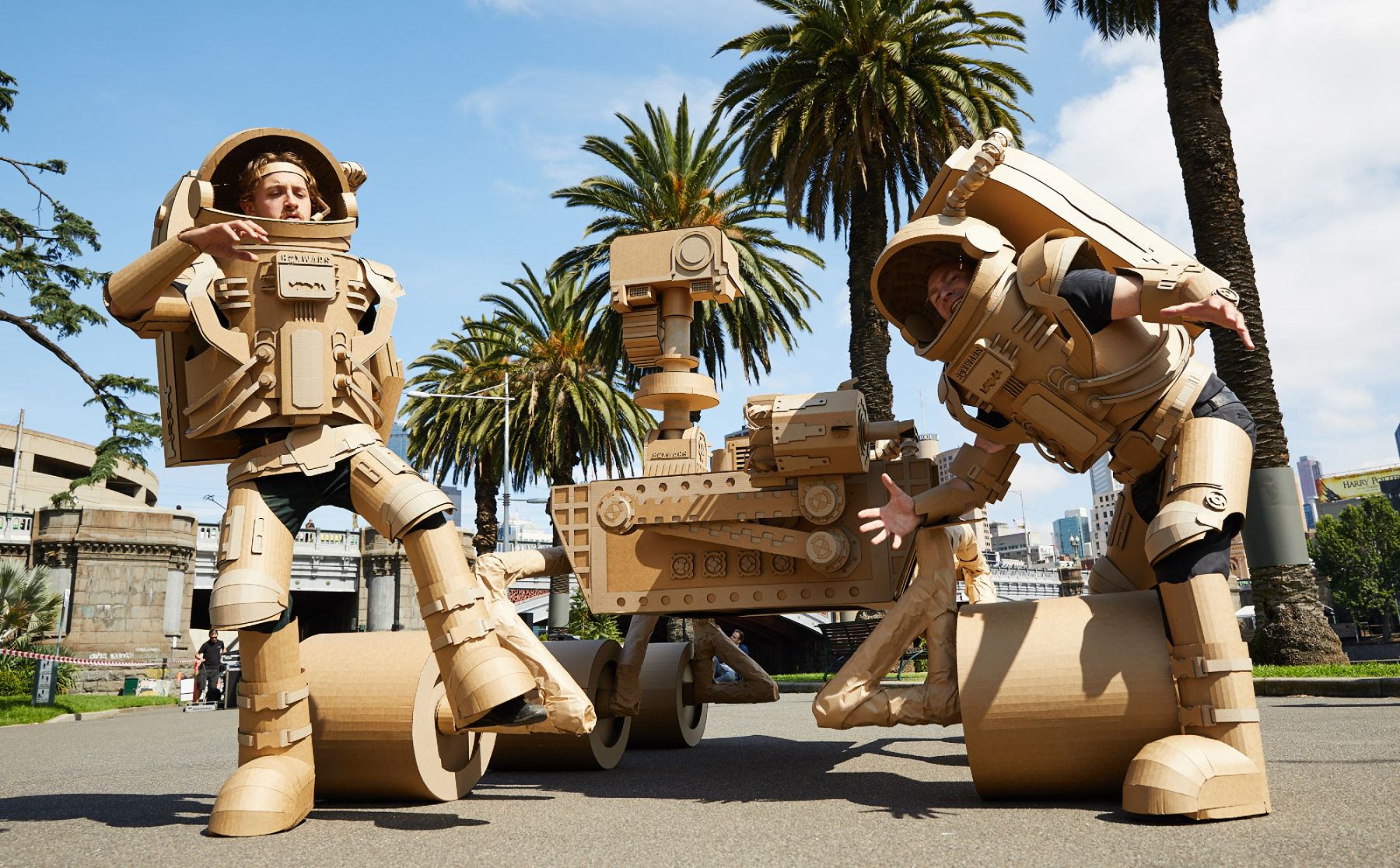Machines were largely perceived as nemeses to art at the beginning of the technological revolution. Although their relationship didn’t reach the level of hostility, it was marked by caution and uneasiness. The thinking was that art is a descendant of nature, while technology leads to industrialization.
Some artists only look at technology as a tool which can be used as a complement to or substitution for talent. But art has become more capable of interacting with technology over time. Art can even benefit from technology generally and in its intricate details, but their relationship has remained an unsettled one. But has this period of home quarantine become a mediator between the two?
One of art’s highest motives is for artists to bring their audiences together, whether for societal change or to entertain and spread beauty. During quarantine, artists and workers in the cultural sector haven’t given up. They have kept on producing and coming up with creative ways to deliver their productions to their audiences, and even discovering new ways through mediums that were not previously accessible.
The tremendous amount of free time available to most of the planet’s inhabitants as a result of quarantine has made them look for a creative outlet through which they can put their accumulated free time to use. It was a golden opportunity to extend art’s presence as it gained increased attention and broader audiences. On various social media platforms, concerts have been recorded or broadcast from the homes of both famous and emerging artists. There have been group and individual performances, and even orchestra productions in which artists perform together in real time when each one of them is physically at home.
Visual art exhibitions, poetry nights, films, theatrical performances, and virtual tours of museums have been characterized by creativity and experimentation. This is the new cultural and artistic landscape online. Sometimes, it’s well coordinated and organized, while at other times it’s improvised and spontaneous.
Benefiting from technology has become a trend during this time of forced domestication. Artists seem to have found themselves in an unannounced competition to claim a space in the virtual world by grabbing and holding the time and attention of global audiences watching through their smartphones, tablets and computers. Social media platforms are now seen as cultural and artistic hubs open for streaming art, culture and creativity to anyone who has a screen, an internet connection and time.
There is also growing optimism about improving and expanding educational possibilities. There has been a marked rise in online learning. Art has been part of this rise through workshops and lessons about practically every aspect and trend of art and culture.
Online workshops, learning sessions and training platforms have been launched by artists and attended by newcomers who wish to learn drawing, cinematic arts, music, sculpting, painting, writing and poetry. Professionals have also used this time to further develop their expertise, knowledge and creative potential.
Few could have realistically hoped to perform in a concert attended by tens, or even hundreds of thousands of spectators. Taking geographical boundaries and time difference into account, there has never before been a physical arena to accommodate such audiences. Few could have imagined that isolated people trapped between four walls could transform this crisis into an opportunity where artists have been among the greatest beneficiaries, putting technology in the service of art and the human spirit.








